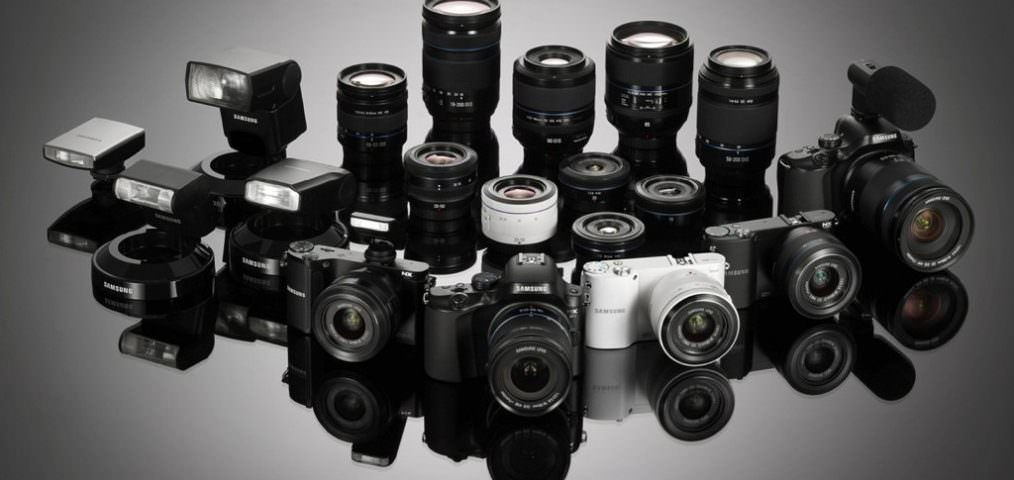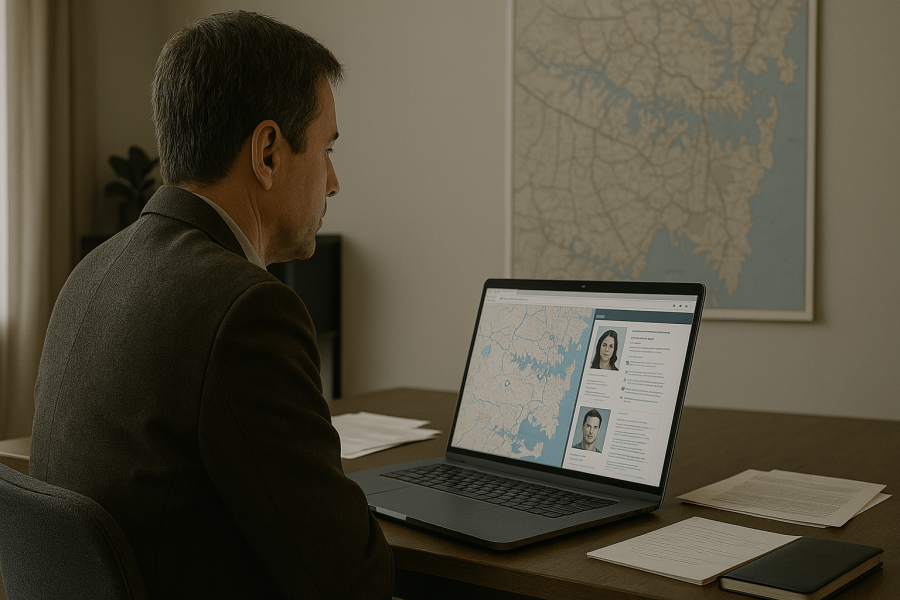Choosing A Camera for Private Investigations
Unsurprisingly, the main tool of the trade for a surveillance investigator is his or her video camera. Whereas once surveillance operatives used still cameras, developments in technology have meant that taking footage is now easier than taking still shots. In most cases, it is preferable in the course of an investigation to take footage rather than stills because there is less risk of missing an important shot. Stills can then be cut from the footage later and included in the written surveillance report.
In almost all cases, surveillance investigators should also be properly prepared to take covert footage using a disguised video camera if the need arises. More about that below.
Why Use a Video Camera When a Phone Will Do?
Although phone cameras have come a long way, certain specifications of these devices (such as zoom and low-light capability) have not yet developed to the stage where they can substitute for proper digital video cameras. A phone can be used in an emergency but the professional operative should be equipped with a camera with certain specifications beyond those of most smartphones.
Perhaps you think a phone can be used to get some discreet footage up close? After all, just about everyone uses their phone these days so it wouldn’t be too suspicious would it? Well, once again, a phone can be used if absolutely necessary but keep in mind that persons subject to investigations can be some of the most suspicious and wary characters out there. They are often on the lookout for phones and will pay attention to those operating them – the last thing a surveillance operative wants.
What Kind of Camera is Suitable?
Our senior camera technician advises that a private eye’s primary camera should ideally have the following specs:
- A view screen
- A viewfinder
- Manual focus
- Recording capability with the screen closed
- Optimally precisely X12 optical zoom (no more no less)
- Night shot mode.
Also, some cameras come with a pre-record function where footage can be taken before the record button is pushed. This is perfect for surveillance where the unexpected is always just a moment away.
One can expect to expend roughly $750 – $1500 for a suitable camera depending on what is sought. Cannon and Panasonic are preferred brands.
Prior to purchasing a camera intended for surveillance one should conduct some research and, where possible, some testing to find a camera that is suitable for the user.
Covert Cameras
The covert camera is a must for a serious investigator. A primary video camera is suitable for use from a vehicle but cannot usually be used in dynamic foot surveillance.
The covert camera is a device that is not recognised as a camera by the layman. For example, camera might be hidden in a pan or a watch. By utilising such a device an investigator can obtain discreet, close up footage of the subject of an investigation.
Covert cameras come in many different shapes and sizes these days. First and foremost the camera footage must be of a reasonable quality. Optimally, the device will also record audio. Ideally the camera will record vision for at least an hour or two.
There are many cheap devices for sale online which do not necessarily meet the criteria. Ensure you do your research and purchase a suitable device if you require a covert camera in the field.
Miscellaneous
Whatever cameras you choose, if the footage is potentially going to be used as evidence in court it will need to be time and date stamped. Make sure the camera and software you use enables the time and date stamp to be displayed on the final product.
Where applicable, purchase back-up batteries for use in the field. It would be problematic to miss the crucial shot because of a dead battery.
It is preferable if you are able to configure your camera and the data connection on your phone or laptop so as to be able to send photographic stills from the field to the client.
Should you require a consultation with our senior camera technician to discuss video camera technology please let us know. Contact us HERE



